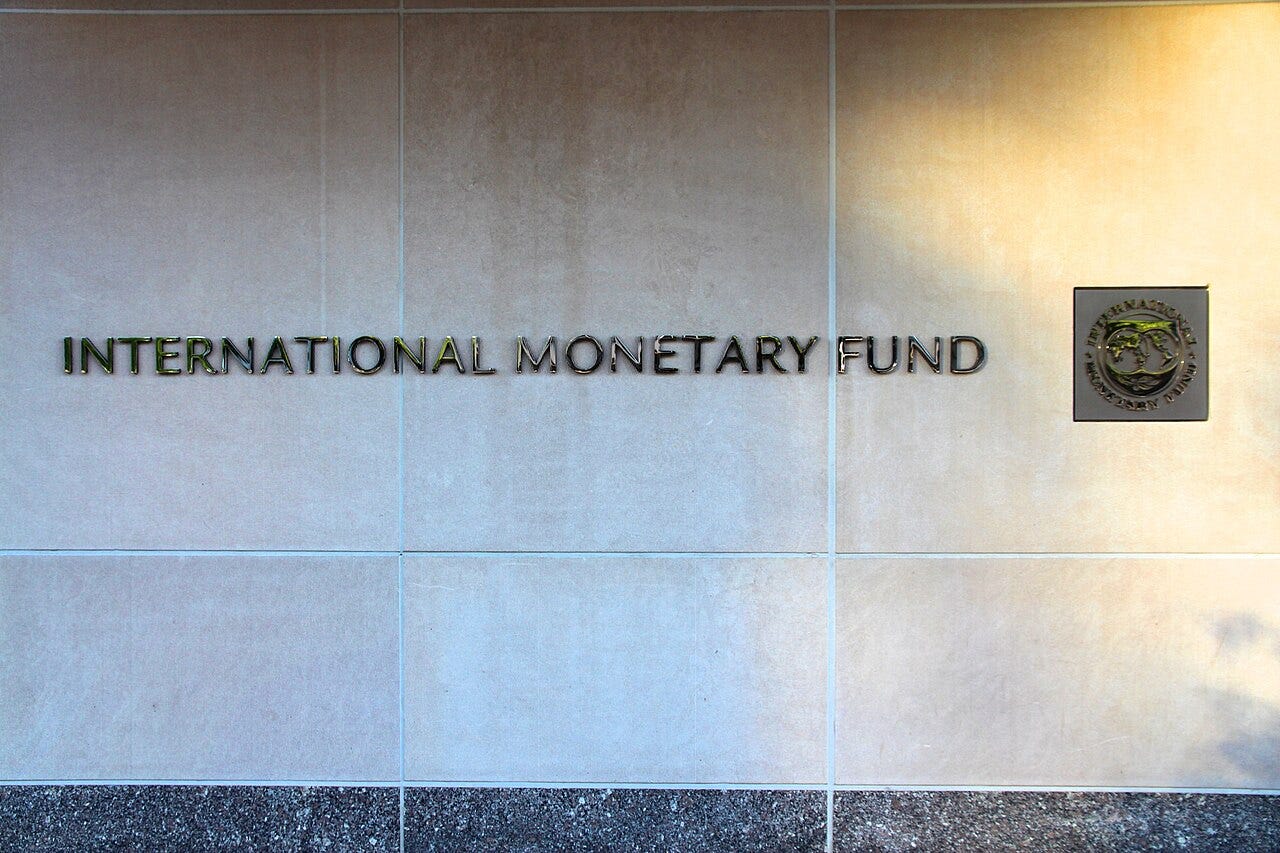The IMF’s Role As a Foreign Policy Tool
The lender of last resort for governments is a technocratic institution focused on fiscal responsibility, but also a tool for the U.S. and allies to exert financial power in service of foreign policy.

The International Monetary Fund (IMF) is a financial institution with $1.3 trillion in assets and a capacity of loanable funds of $932 billion as of December 2023.1 Based in Washington D.C., it is nominally an agency of the United Nations (UN), but operates independently, employing a staff of over 2400 persons of diverse nationalities, with a plurality being American, Canadian, or European. The Fund functions primarily as a lender of last resort to its 190 member states. As of April 2024, it has $148 billion in loans outstanding.2 The IMF offers credit at below-market rates to nations undergoing financial and economic crises, in exchange for fiscal, monetary, and institutional reforms that aim to prevent the recurrence of these crises. The IMF is, in theory, a technocratic institution and its management consists of professional economists. But, in practice, lending is heavily influenced by the interests and foreign policy goals of its wealthiest and largest members, particularly the United States.

